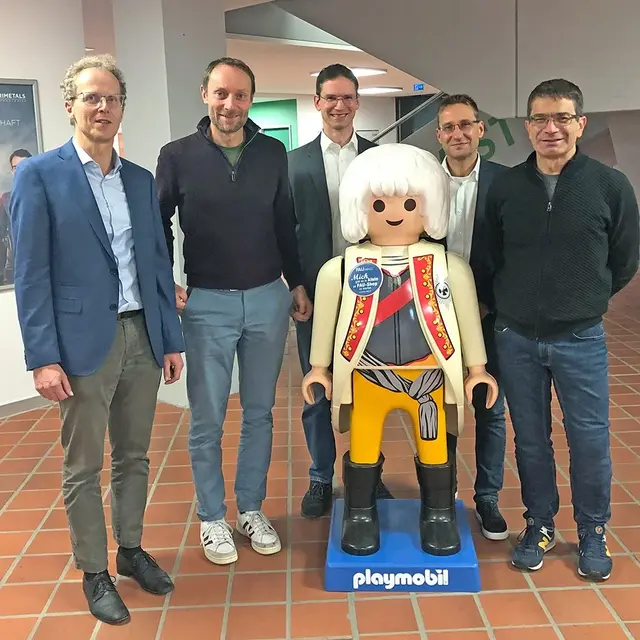At the end of December, the National High Performance Computing Center placed the order for the installation of a high-performance computer with more than 300 nodes, each with two AMD processors of the brand new "Turin" type with up to 2.3 terabytes of main memory. The computing nodes are linked via a high-speed network so that communication does not become a bottleneck during complex simulation calculations in view of the considerable computing power. The supercomputer is designed to deliver good performance and scalability for a wide range of applications from all scientific fields. It is expected to be installed in the first half of 2025. Another supercomputer will contain more than 40 nodes, each with four Nvidia H100 graphics/AI processors. It is tailor-made for machine learning and artificial intelligence applications. The installation of this "AI computer" is planned for the second half of 2024. A file system of more than 3000 terabytes offers sufficient capacity for data storage. It is connected to both clusters at high speed.
Both supercomputers will be available to scientists from all over Germany. Funding is provided by the Association for National High Performance Computing (NHR) and by the Bavarian Ministry of Science, FAU, KU and Hof University of Applied Sciences. The KU is contributing around 150,000 euros to the development – these funds come from the High-Tech Agenda and are part of the equipment for the KU Chair of Reliable Machine Learning. The integration of the KU nodes into the new NHR clusters guarantees a professional setup and support and allows load peaks to be balanced out. There is also the possibility of increasing the quotas for large research projects.
![[Translate to Englisch:] Symbolbild](/fileadmin/_processed_/8/d/csm_COLOURBOX20010895_d21201d61a.webp)
